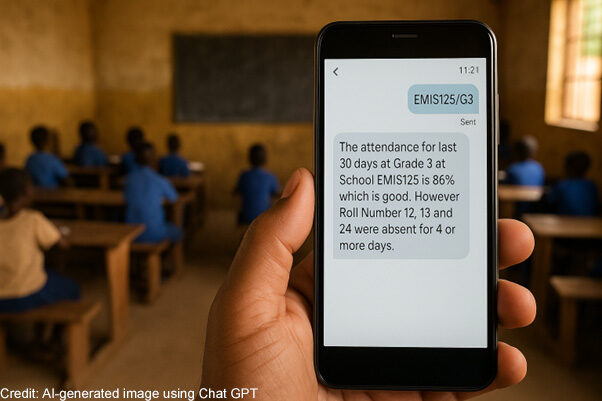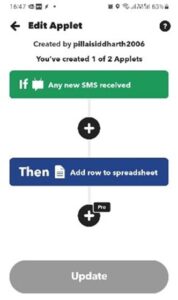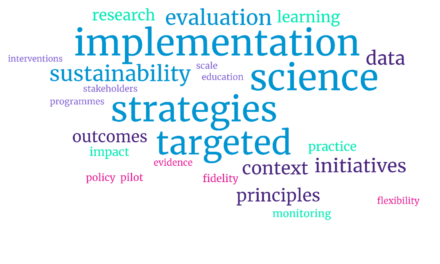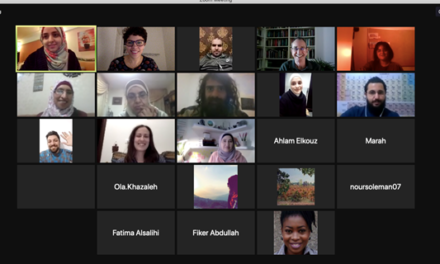This blog was written by Siddharth Pillai , Global Education Programmes Advisor for Street Child.
Consistent attendance of learners is considered to be a necessary, though not sufficient, condition for improved learning outcomes. This necessary condition is often not met in LMIC contexts with absenteeism ranging from 5% in Morocco to 56% in Mozambique (see Fig 1). It has a bearing on the impact of life-saving and life-sustaining education. Measuring and acting on absenteeism is therefore key in our efforts to improve safety, wellbeing and learning outcomes among learners.
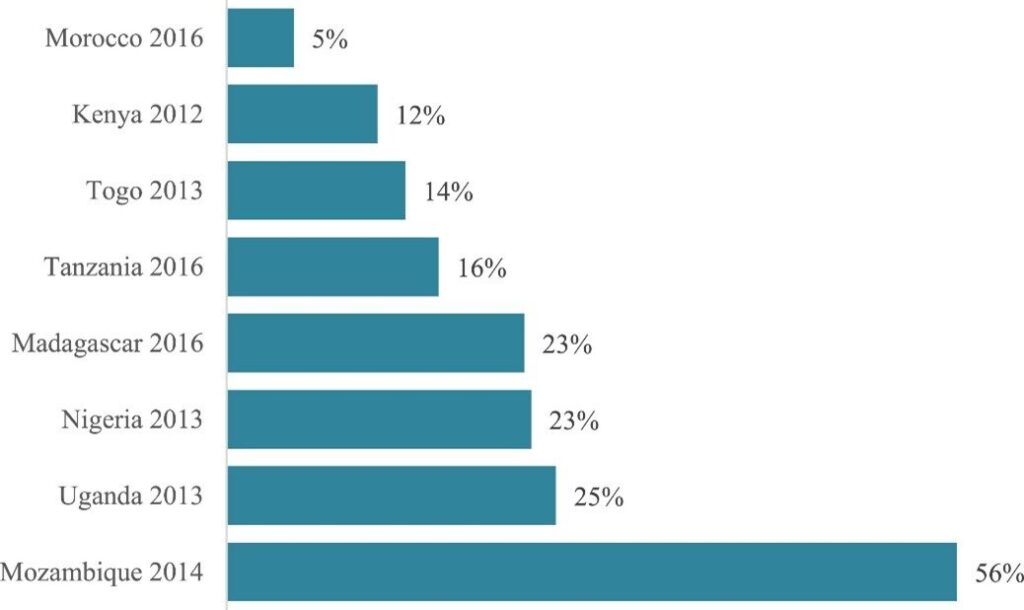
Figure 1 Student absenteeism rates in several countries in Africa, as recorded during scheduled visits (Source: Evans and Acosta, 2023)
Attendance data is often only available in school registers that are not digitised and is only accessible to school teachers and headteachers on a day-to-day basis (ibid.). As found during evaluation of the Girls’ Education South Sudan (GESS) programme, teachers have the capacity to record attendance, but only half the teachers who record attendance were able to identify meaningful patterns in learners’ attendance. Moreover, the unfavourable teacher to student ratios also make it difficult to track and act on absenteeism systematically by identifying learners who are chronically absent, and mitigating risks of dropping out or learning loss. Timely access to such data can also improve efficiency and effectiveness of child protection actors in preventing, mitigating or responding to protection risks that manifest as student absenteeism.
Lack of internet penetration and/or non-availability of smartphones at schools prevents daily updating of digital attendance records. However, as successfully implemented in the GESS programme, SMS can be used to develop a near real-time student attendance monitoring system. Drawing from Street Child’s experience in Sierra Leone and South Sudan, the author has explored the use of no-cost and low-cost alternatives to develop a near real-time student attendance monitoring system. It also uses SMS as a medium to provide tailored attendance information at school, class and learner level to headteachers, teachers and guardians.
A Student Attendance Monitoring and Dissemination System has been developed using four applications.
- IFTTT Android Application for Data Intake: This application (see Figure 2) automatically forwards incoming SMS to a Google sheet.
- Google Sheets for data processing and storage: Google sheet captures the information from SMS, parses the SMS text and uses an appscript to make it readily available for analysis.
- Google Looker Studio for data visualisation: Looker Studio is connected to Google Sheets and visualises the data as it maintains a dynamic dashboard based on incoming data from Google Sheets.
- Tasker Android Application for automatic response to SMS-based queries: Tasker (see Figure 3) receives SMS queries from headteachers, teachers and guardians on attendance and automatically sends tailored SMS based on the query after interacting with the Google sheet.
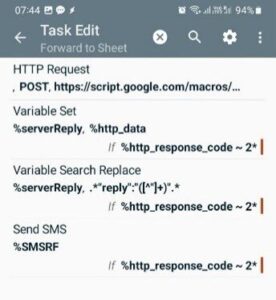
Figure 3 Screenshot from a Tasker Android Application that receives the SMS-based query, interacts with Google Sheets and forwards a personalised SMS response
The workflow of the Student Attendance Monitoring and Dissemination System is illustrated in Figure 4. By allowing timely access to information on absenteeism through dashboards and SMS to district education authorities, school management, teachers and parents, the system allows for data-driven decision making at multiple levels. It enables the system to use various approaches to strengthen relationships of accountability between citizen, state/management and frontline service providers. The system works on a near real-time basis and can track and report absenteeism at the student level than just classroom or school averages. This provides timely and actionable information to teachers and parents to tackle chronic absenteeism. Through dashboards and SMS, the district authorities would also receive information on schools that are struggling on attendance. Thus, aggregated and disaggregated data on absenteeism helps in identifying and supporting struggling schools and students respectively.
The abovementioned SMS-based architecture—with free or sub-$10 android applications and pay-as-you-go airtime costs would be apt for NGOs and district-level roll-outs. For instance, in Kenya, the cost of maintaining an SMS based Student Attendance Monitoring System for 10,000 learners at a central level, supplemented by weekly personalised SMS to teachers on struggling learners would cost less than 0.08 USD per child per year. This would increase to 0.2 USD per child per year if we include monthly queries by all parents every month. Implementing it at national scale would likely require upgrading to enterprise-grade components to process thousands of messages per hour. However, regardless of its cost effectiveness and ability to systematically track absenteeism, monitoring and disseminating information on student absenteeism would be useful only if it is acted upon using evidence-based interventions. Failure to do so would cause it to become a pointless data gathering and dissemination exercise.

